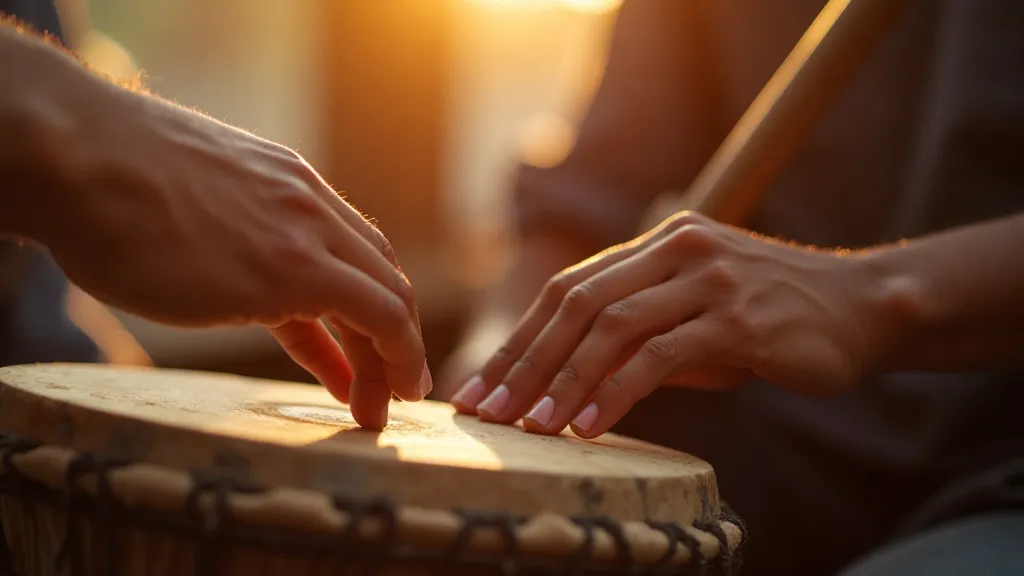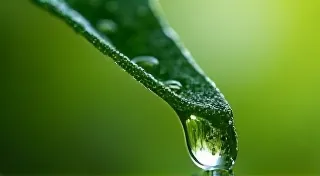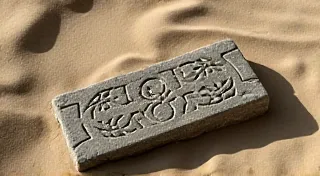Melodic Alchemy: The Convergence of Instruments from Divergent Cultures
Music, at its heart, is a conversation. A conversation across time, across geography, and increasingly, across cultures. While we often celebrate the distinctiveness of folk music – the unique melodies and rhythms born from specific communities – it's equally fascinating to examine the moments when those streams converge. These aren't instances of appropriation, but of organic blending, a melodic alchemy where instruments from vastly different backgrounds meet, influence, and create something entirely new. This exploration goes beyond simple borrowing; it's about understanding how cultural exchange shapes the very soul of music, resulting in vibrant and unexpected hybrids.
My earliest memory of this confluence came unexpectedly in a dusty antique shop in rural France. I was a teenager, captivated by the romance of old things, and there it sat: an accordion. Not the bright, shiny kind you see in polka bands, but something older, more melancholic – a 1920s diatonic accordion, its bellows worn smooth, its keys yellowed with age. The owner, a wizened man named Jean-Pierre, explained that it was likely built in Germany, but had spent decades in the hands of a Breton musician, its repertoire blending German waltzes with traditional Breton dances. The instrument itself was a testament to this cultural crossroads, a physical embodiment of a shared musical language.
The Accordion: A Wanderer of Worlds
The accordion’s story is a perfect illustration of this convergence. Originating in Vienna in the early 19th century – the invention of Cyrill Demian is generally accepted, though earlier prototypes existed – it quickly spread across Europe and beyond. Initially a novelty, it proved adaptable to a remarkable range of musical styles. In Italy, it became integral to folk music of the Adriatic coast, influencing the fisarmonica traditions. In Eastern Europe, particularly in Poland and Russia, it found a home in vibrant folk ensembles, its sound mirroring the intensity and emotional depth of those cultures. The Argentine bandoneón, closely related to the accordion, is a direct result of German immigrant influence on Argentinian music, becoming synonymous with the melancholic and passionate sounds of the tango.
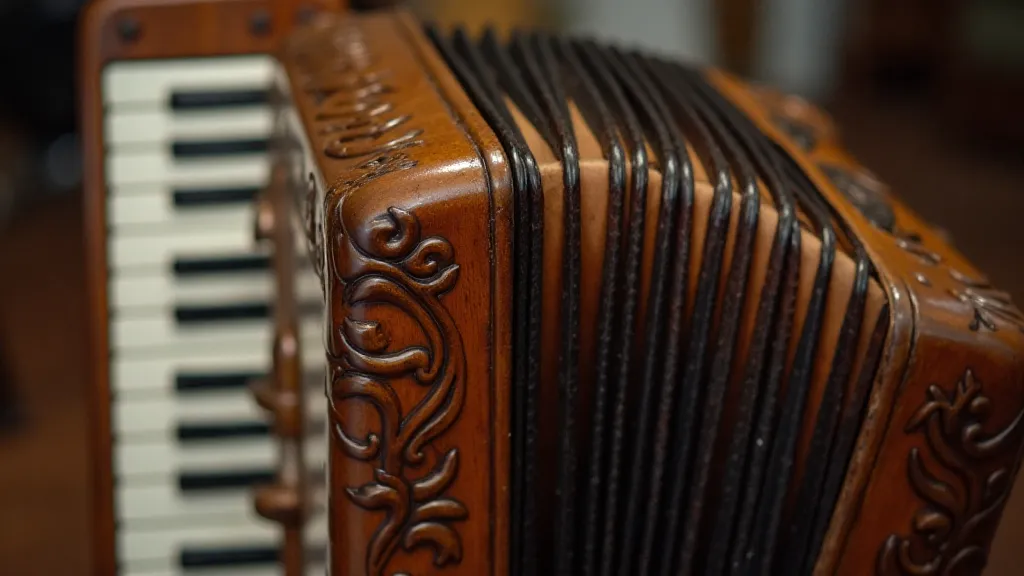
What makes the accordion so readily adaptable? It’s a combination of factors: its portability, its versatility – capable of producing both melody and accompaniment – and its relatively simple mechanics, making it accessible to musicians of varying skill levels. These qualities allowed it to transcend geographical boundaries and cultural barriers, becoming a conduit for musical exchange. Consider the Cajun music of Louisiana, heavily influenced by French-Canadian traditions, where the accordion is a cornerstone, often played alongside fiddles and other instruments reflecting a complex tapestry of cultural heritage.
From the Didgeridoo to the Sitar: Unexpected Partnerships
The story isn's limited to the accordion. Think about the influence of African rhythms on Latin American music – the undeniable presence of the clave, derived from West African percussion, shapes the heartbeat of salsa, son, and many other genres. The didgeridoo, a traditional Aboriginal Australian instrument, has recently begun appearing in unexpected settings, integrated into electronic music and even classical compositions, its unique drone lending an earthy and otherworldly quality. Similarly, the sitar, with its distinctive buzzing sound, has captivated musicians across the globe, influencing psychedelic rock and experimental music.
These aren't mere stylistic imitations. They represent a deeper engagement, a willingness to explore the possibilities that arise when diverse musical traditions interact. It requires not just technical skill, but also a profound understanding and respect for the source material. A musician attempting to incorporate the sitar into a Western composition needs to grasp the nuances of Indian classical music, the intricacies of its ragas and talas, to avoid sounding like a mere novelty act. They need to understand the spiritual and cultural context that gives the instrument its power.
The Craftsmanship that Bridges Cultures
The instruments themselves often carry the weight of this history. Look at a well-crafted accordion, for instance. The attention to detail, the precision of the mechanics, the quality of the materials – all speak to the dedication of the artisan. Many early accordions were handcrafted by family workshops, passed down through generations, each instrument imbued with the accumulated knowledge and skill of its makers. Restoring these instruments is more than just a technical exercise; it’s an act of preservation, a way of reconnecting with the past and honoring the legacy of the craftspeople who created them. The faint scent of old wood, the feel of the aged bellows – these are sensory connections to a bygone era, a tangible link to the musicians who played them.
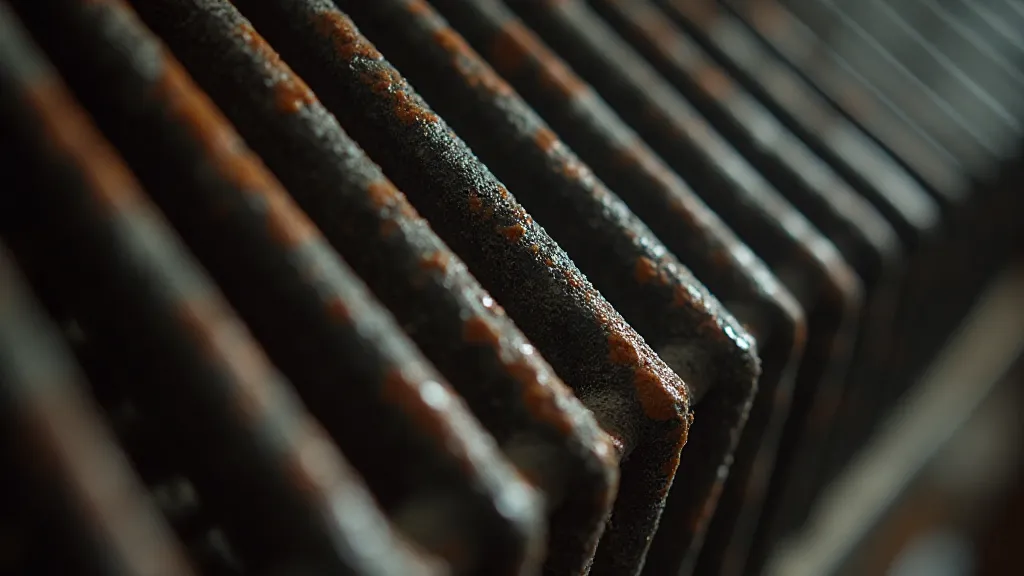
Collecting antique instruments isn’s just about acquiring possessions; it's about acquiring pieces of history. Each instrument tells a story – a story of its maker, its owner, its journey through time. And by understanding those stories, we gain a deeper appreciation for the cultural forces that have shaped our musical landscape.
The Future of Convergence: A Global Orchestra
As globalization continues to shrink the world, the potential for musical convergence only increases. Musicians today have unprecedented access to instruments and musical traditions from every corner of the globe. The challenge is not simply to combine these elements, but to do so with sensitivity, respect, and a genuine desire to create something meaningful. We're witnessing the emergence of a global orchestra, a collective of musicians from diverse backgrounds, each bringing their unique perspectives and skills to the table. The results are often surprising, sometimes challenging, but always fascinating.
The future of folk music, and indeed all music, lies in embracing this convergence. It’s about recognizing that musical boundaries are fluid and that the most innovative and enriching musical experiences often arise from the unexpected intersection of cultures. It is in these moments of melodic alchemy, where the instruments of divergent cultures meet and mingle, that the true power and beauty of music are revealed. We must listen, learn, and celebrate these moments, for they are the soundtrack of a world becoming ever more interconnected.
